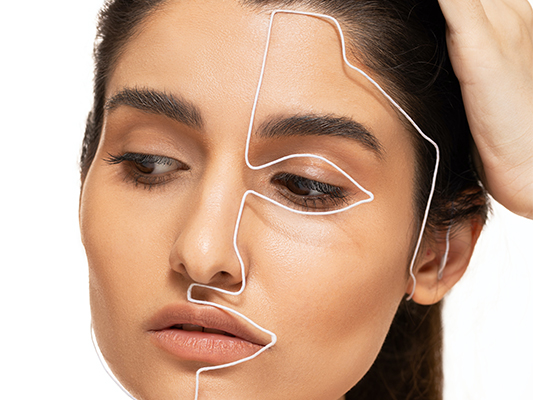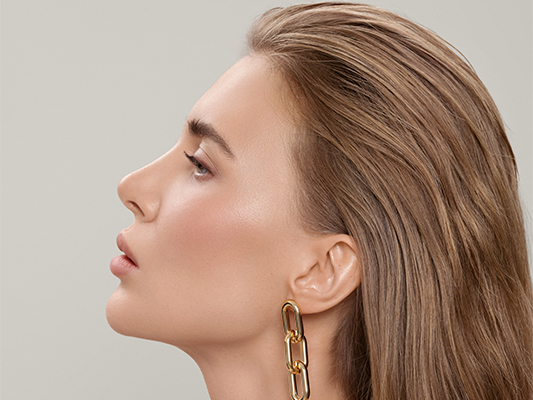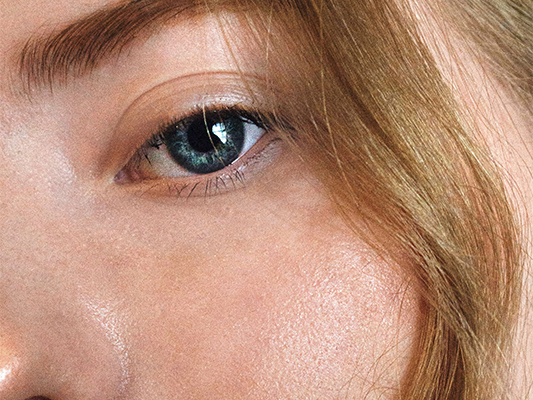The tensor thread procedure is a technique that has been used in cosmetic surgery for many years. Better known as “golden thread”, this permanent tensor thread process has an average life span of ten years, but it has also shown a significant risk of your body rejecting it.
Aesthetic medicine has innovated since the 1990s by developing semi-permanent resorbable tensor threads. This localized lifting technique allows the skin of the face or neck to be re-tensioned with the objective of reinforcing collagen production.
Absorbable tensor threads can correct major wrinkles, redraw the jawline or lift the cheekbones. Absorbable tensor sutures are made of a material very well known to surgeons, L-polylactic acid. This material is usually used to make sutures. Here in aesthetic medicine, L-polylactic acid is used in treatments designed to correct significant skin laxity. Thanks to tensor threads, many patients avoid a surgical face-lift that is often painful with a long recovery period involving social isolation.
Skin tissue changes with age. The skin loses its collagen and elastin fibers. It becomes less firm and less healthy. With the weight of the muscles and skin tissue, the skin will slacken, and we notice a loss of volume and a sagging of the face, often irreversible if the problem is not treated.
The tensor thread, also called notched thread, will allow the reconstruction of a subcutaneous mesh that will mechanically lift the sagging of the tissues while restarting the production of natural collagen and elastin by metabolizing and creating a positive inflammation. During the 24 months following the procedure, this natural tissue regeneration will cause a soft lifting of the skin.




 During this consultation, the doctor will also make sure that there are no contraindications and will discuss with you any previous aesthetic medical procedures that you may have undergone. Pictures of your face or neck are taken and you are given a cost estimate detailing the plan.
During this consultation, the doctor will also make sure that there are no contraindications and will discuss with you any previous aesthetic medical procedures that you may have undergone. Pictures of your face or neck are taken and you are given a cost estimate detailing the plan.

















